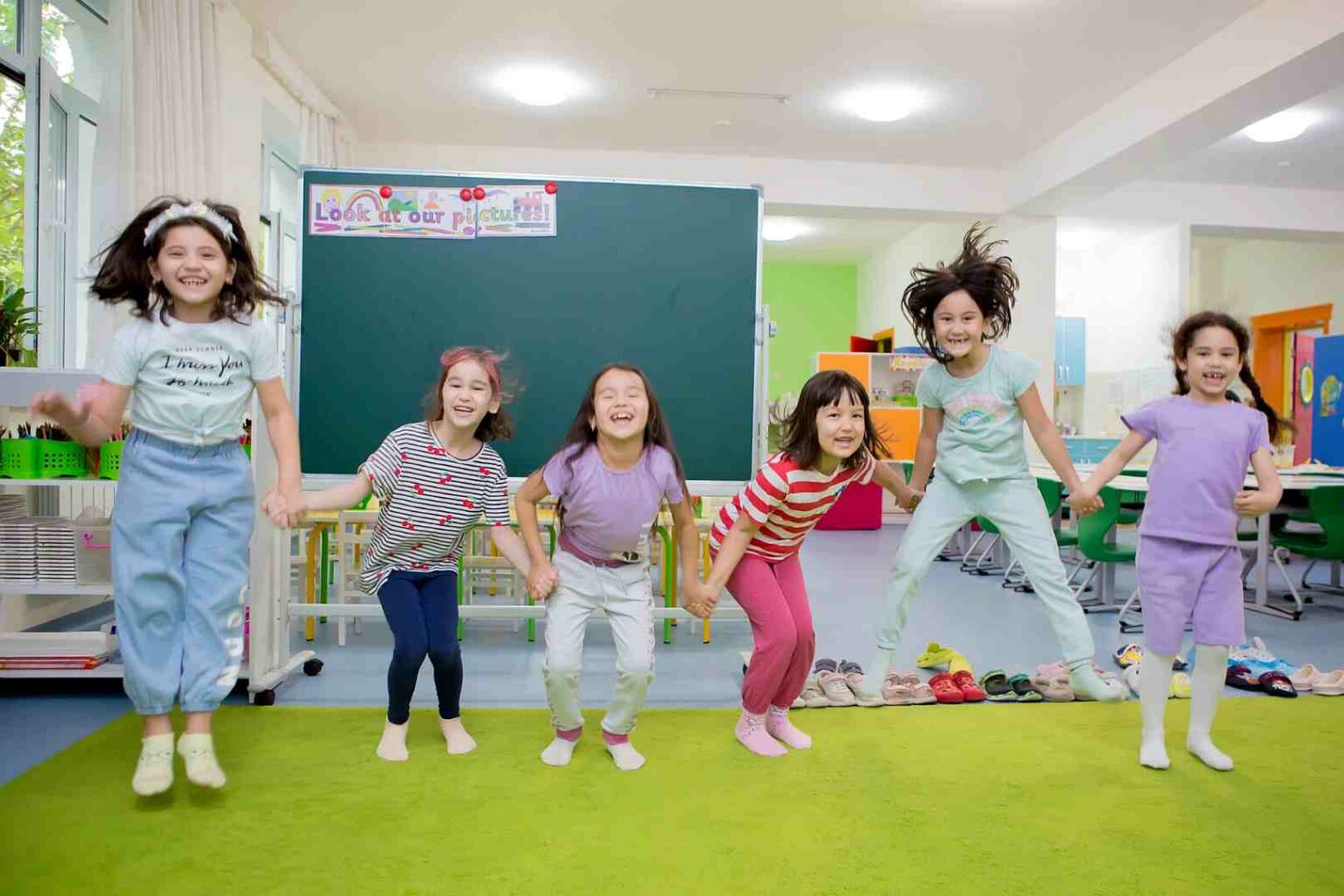The importance of gaming methods in education cannot be overestimated. Games help to make the learning process more fun and effective, contributing to deeper learning of the material. In this article, we will look at why gaming methods are important, how they affect children’s development, and give examples of their successful application.
Why are gaming methods important in education?
Play-based learning methods are based on the idea that children learn better when they actively participate in the process. Games allow children to experiment, explore and solve problems in a safe and supportive environment. Here are a few reasons why gaming techniques are important:
- Motivation Boost: Games make learning interesting and exciting, which increases children’s motivation to study.
- Developing critical thinking: Games often require solving problems, which contributes to the development of critical and logical thinking.
- Social interaction: Group games develop communication, collaboration and teamwork skills.
- Emotional Well-being: Games help reduce stress and anxiety by creating a positive and joyful atmosphere.
- Individual approach: Games allow you to adapt learning to the individual needs and levels of development of each child.
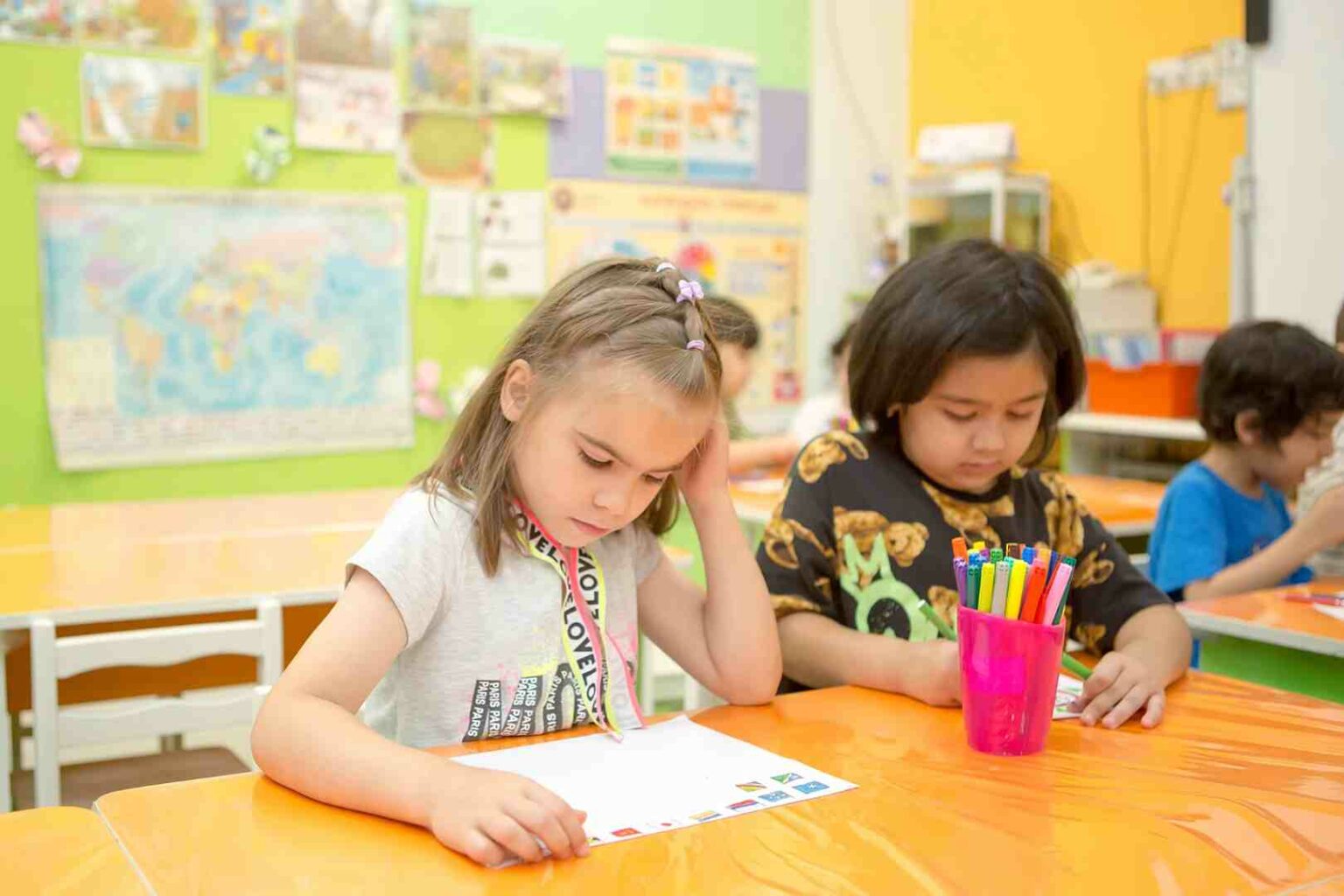
The influence of gaming methods on children's development
Research shows that play methods have a positive effect on the comprehensive development of children. The following are the main areas in which games contribute to development.
Cognitive development
Games stimulate mental development by helping children develop memory, attention, and thought processes. For example, puzzles and logic games improve problem solving and planning skills. Studies have shown that children who regularly play educational games show better results in intelligence tests and academic success.
Social and emotional development
Gaming techniques are widely used in educational institutions around the world. Let’s look at a few examples of how games contribute to the development of social skills and emotional intelligence. During the game, children learn to express their emotions, understand the feelings of others and communicate effectively. Games also help to develop self-control and emotion management skills.they illustrate their effectiveness.
Physical development
Many games involve physical activity, which promotes the development of motor skills and coordination of movements. Outdoor games and sports activities help children develop strength, endurance and flexibility.
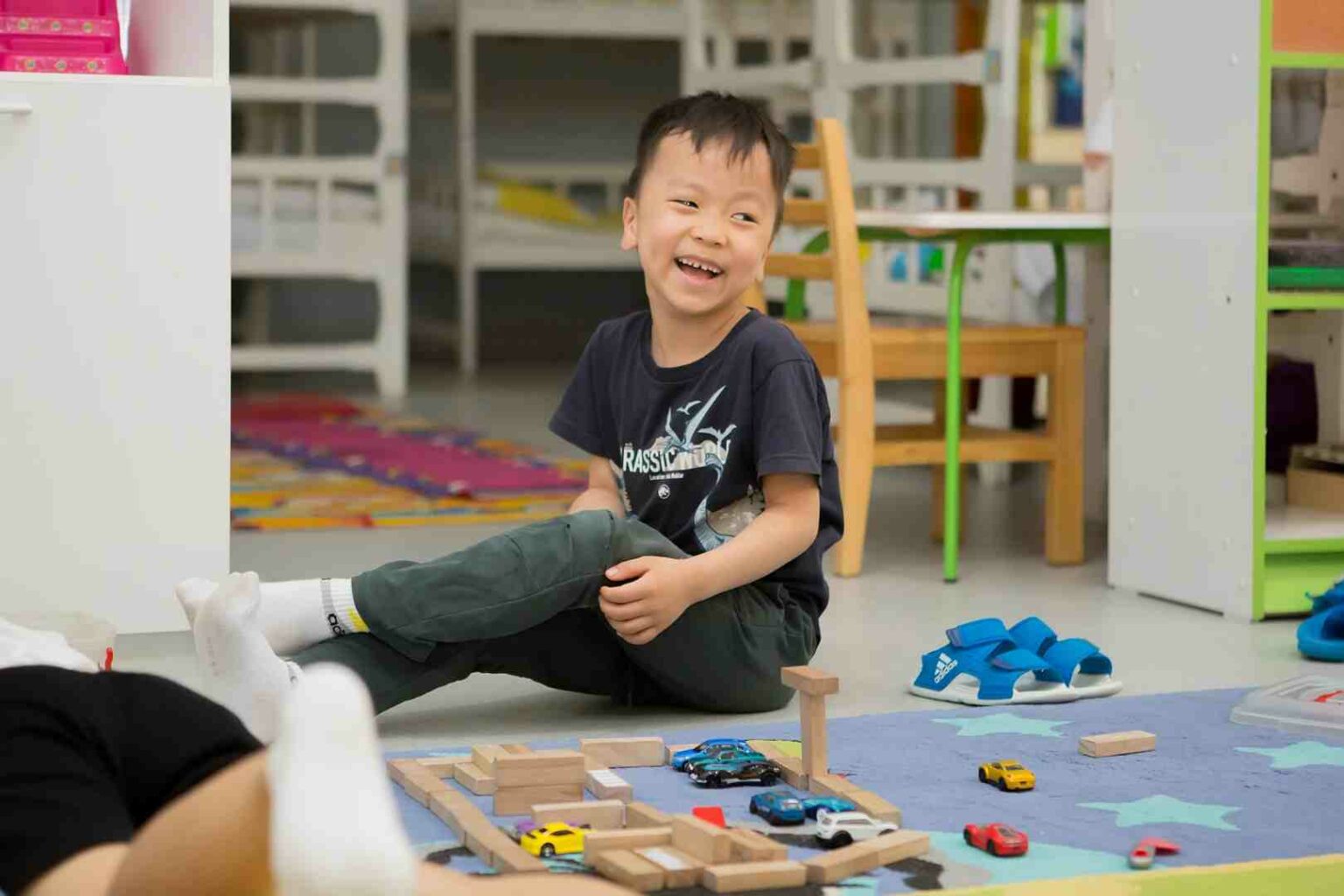
Examples of successful application of gaming methods
Gaming techniques are widely used in educational institutions around the world. Let’s look at some examples that illustrate their effectiveness.
Finland: Play learning at an early age
Finland is famous for its educational system, where game-based learning is central, especially at an early age. In kindergartens and primary schools, children spend significant time playing outdoors and in the classroom. This helps them develop social skills, creativity and critical thinking. The Finnish education system is regularly recognized as one of the best in the world, and a playful approach is an important element of this success.
USA: Head Start Program
The Head Start program in the USA is aimed at the comprehensive development of children from low-income families. One of the key components of the program is game-based learning methods that help children prepare for school. Studies have shown that children participating in the program show significant improvements in cognitive and socio-emotional development.

How to implement game methods in training
For the successful implementation of gaming methods in the educational process, several key aspects must be taken into account:
- Game Materials Development: Teachers should have access to high-quality game materials and tools that meet educational goals.
- Teacher training: Teachers should receive special training on the use of game methods in teaching.
- Integration into the curriculum: Game methods should be integrated into the curriculum in such a way that they complement and enhance traditional teaching methods.
- Assessment and feedback: Regularly evaluating the effectiveness of game methods and receiving feedback from students and parents will help improve the learning process.
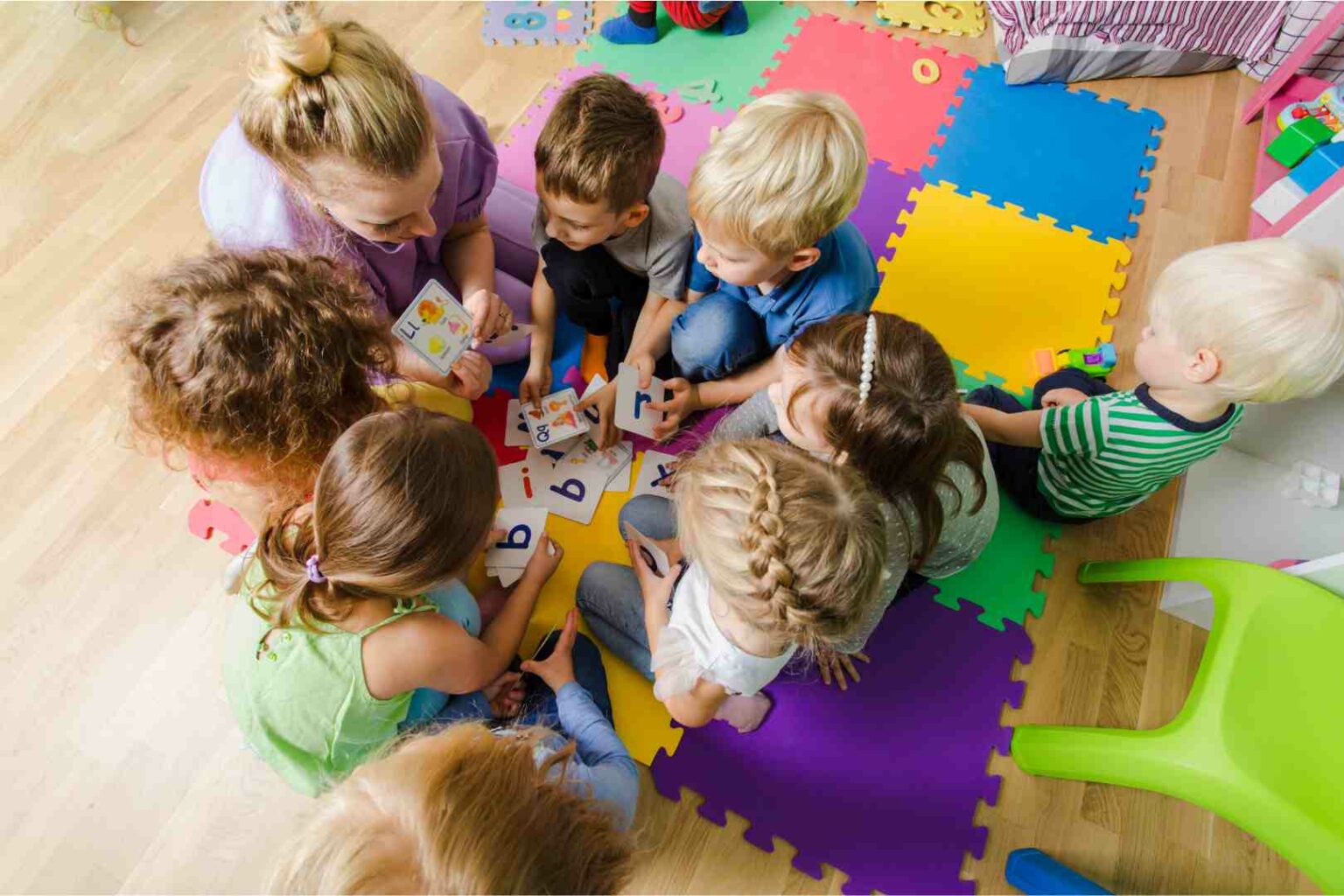
Table: Comparison of traditional and game-based learning methods
| Aspect | Traditional Methods | Gaming methods |
|---|---|---|
| Motivation | Can be boring | High motivation |
| Student participation | is Passive | Active |
| The development of critical thinking | Limited | Strong |
| Social interaction | Minimal | Intense |
| Emotional Well-being | Can Cause Stress | Reduces Stress |
| Individual approach | Limited possibilities | Flexible possibilities |
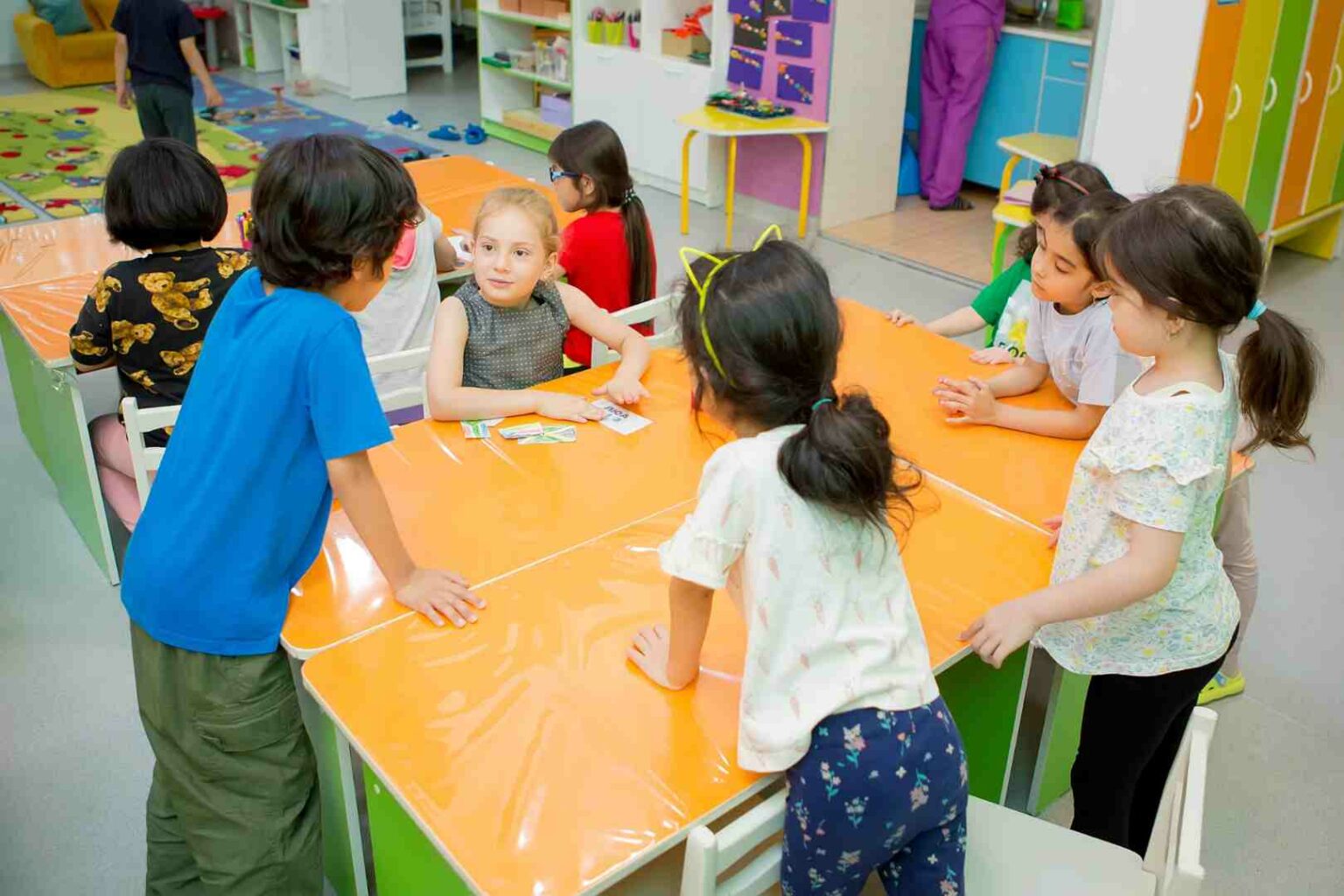
The importance of gaming methods in education
Play methods in education play a key role in the development of children, making the learning process fun and effective. They promote cognitive, social and physical development, increase motivation and help children to better assimilate educational material. Successful examples of the use of gaming methods in different countries confirm their effectiveness and importance. The introduction of gaming methods requires careful preparation and integration into the learning process, but the results justify all efforts.
If you would like to learn more about the introduction of gaming methods into the educational process or get advice on this issue, contact Oxbridge Kindergarten. Our specialists are always ready to help you create optimal conditions for your child’s development.
